My grandparents lived through the 1918 Influenza as teenagers, but I never heard them talk about it. Historians call it the “The Forgotten Pandemic.” But why was it forgotten, when by most accounts, it was even fiercer than ours? It infected a fifth of the world’s population, killing 675,000 Americans, more than six times our casualties in World War 1, and a higher percentage of the U.S. population than COVID has taken.
Also called The Grippe, it seized with a vengeance, sickening people so fast that victims dismounting a trolley collapsed on the street. It singled out people in the prime of their lives. Of the 8,500 killed in our state alone, 5000 were between 20 and 39 years old. It left many orphans.
Harold Nelson Willard was one of the first to succumb in Salisbury. He was the son of the first chairman of the federal railroad board, Daniel Willard, who owned a summer home on Canaan Road. Harold and his family were there in early October, 1918, when he and his wife fell ill and died. His parents came up from Baltimore to retrieve their two small grandchildren and raise them.
The first documented cases occurred in March of 1918, in the American Midwest, when 100 soldiers fell mysteriously ill at Fort Riley, Kansas. So why was it nicknamed The Spanish Flu? Because of wartime press censorship. Countries battling World War I didn’t want to alert enemies to the fact their troops were dropping like flies. Spain was neutral so when King Alfonso contracted the flu in May, 1918, the Madrid press was free to report on it.
Connecticut was one of the states hardest hit. The first cases here occurred in September 1918, as thousands of military made their way through the Navy base in New London.
A month later, it struck in the Northwest Corner.
“The extent to which the influenza epidemic has reached in towns all around us is appalling,” observed this newspaper on Oct. 17, 1918, noting, “Our own town [Lakeville] is singularly spared” thanks to Dr. W. B. Bissell who “at once closed our schools, picture houses, churches, Sunday schools, post office lobby and public meetings.” If there was opposition to these lockdowns, it wasn’t widespread. “In this he has been unanimously backed up by the public.”
The article also praised Henrietta Van Cleft, our first visiting nurse.
Henrietta was 58 years old when the pandemic hit, but she confronted the emergency with remarkable vigor, ministering 24/7 to over 100 neighbors fallen ill all at once. She made house calls and even stayed overnight, rarely eating a meal at home, we know from careful notes she inked in her day books, a gift to posterity preserved by our Town Historians. “Nice dinner at the Parsons. Supper at the Nortons.”
“Mask” she wrote on Nov. 2, after the State Department of Health urged people to wear one. Newspapers and magazines printed DIY instructions (use gauze or cheesecloth.) “Better ridiculous than dead.”
Remedies abounded. The Connecticut State Council of Defense prescribed Epsom salts followed by a chaser of hot lemonade. Salesmen of (actual) snake oil made killings. So did purveyors of quinine pills. Preventatives included eating raw onions — which may have worked by keeping others at a safe distance.
Perhaps survivors of the 1918 flu found their pandemic less remarkable because in the days before vaccines and antibiotics, fearsome diseases were always coming and going. In 1916, polio raged. In 1912, scarlet fever. In 1906, a restaurant with an asymptomatic cook (“Typhoid Mary”) became ground zero for an outbreak that killed 25,830 Americans.
By 1918, Hotchkiss’s Headmaster Buehler was an old hand at dealing with contagion. He locked down the campus. “I hope this quarantine can be lifted at the beginning of next week,” he wrote to headmaster at the Taft School which didn’t fare so well. By the end of October, Taft had 125 cases, including a master and a senior who died.
Most lockdowns were lifted by early November, then reinstated when another wave surged, after impromptu gatherings to cheer the end of the war.
“A big bonfire was set off in front of the Congregational church, and the ex-Kaiser was burned in effigy,” reported this paper on November 14. “Patriotic songs were sung and...young people paraded blowing horns and cheering.”
In December, Henrietta faced what must have been the most challenging month of her career, recording 565 visits to 134 patients.
The virus finally subsided in the summer of 1919. A variant emerged in 1920, but public officials were too weary to enforce precautions.
In 1921, it mutated into ordinary seasonal flu. Then came outbreaks of diphtheria and tuberculosis. Followed by the Crash of ‘29, the Great Depression and another World War.
May our pandemic remain vivid to us, uneclipsed by the gravity of future events.
The writer was assisted in research by Joan Baldwin, Lou Bucceri, Katherine Chilcoat, Rosemary Davis and Jean McMillen.
Helen Klein Ross lives in Lakeville. She is the editor of The Traveler’s Vade Mecum (Red Hen Press), an anthology of new poems titled by telegrams sourced from a compendium published in 1853, the year yellow fever ravaged New Orleans.



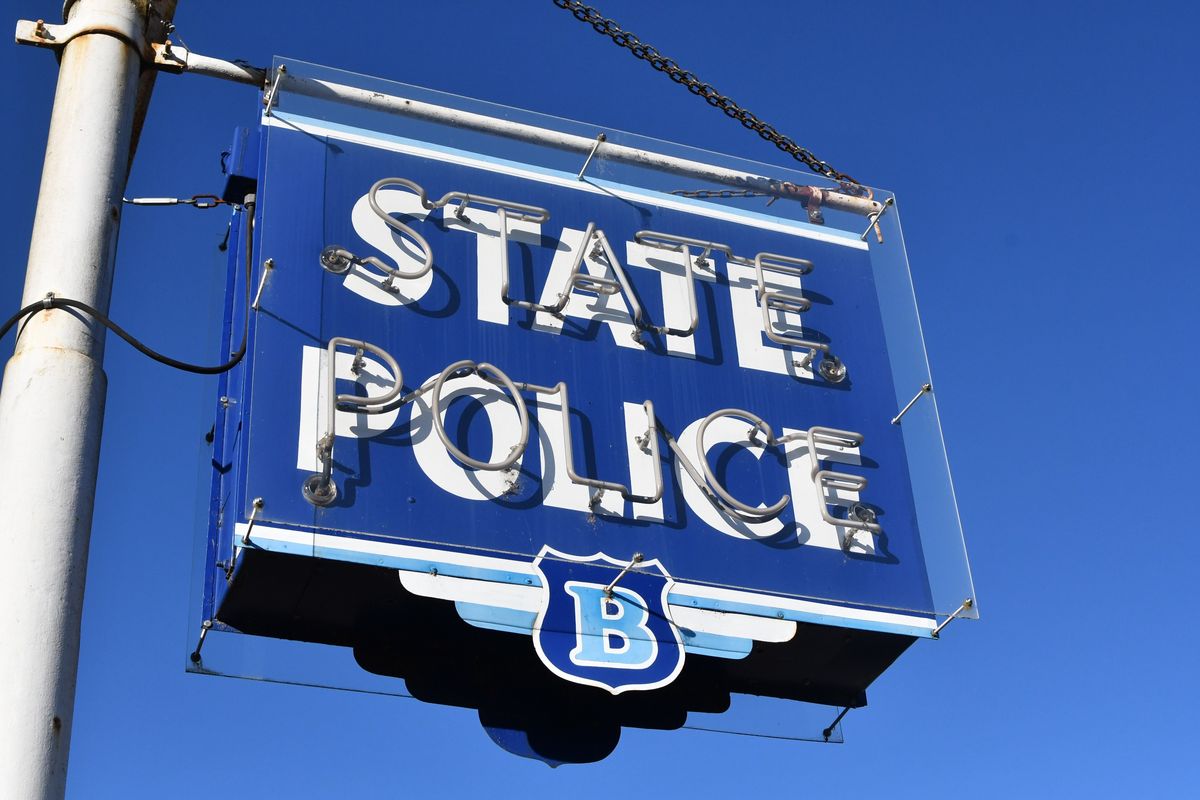

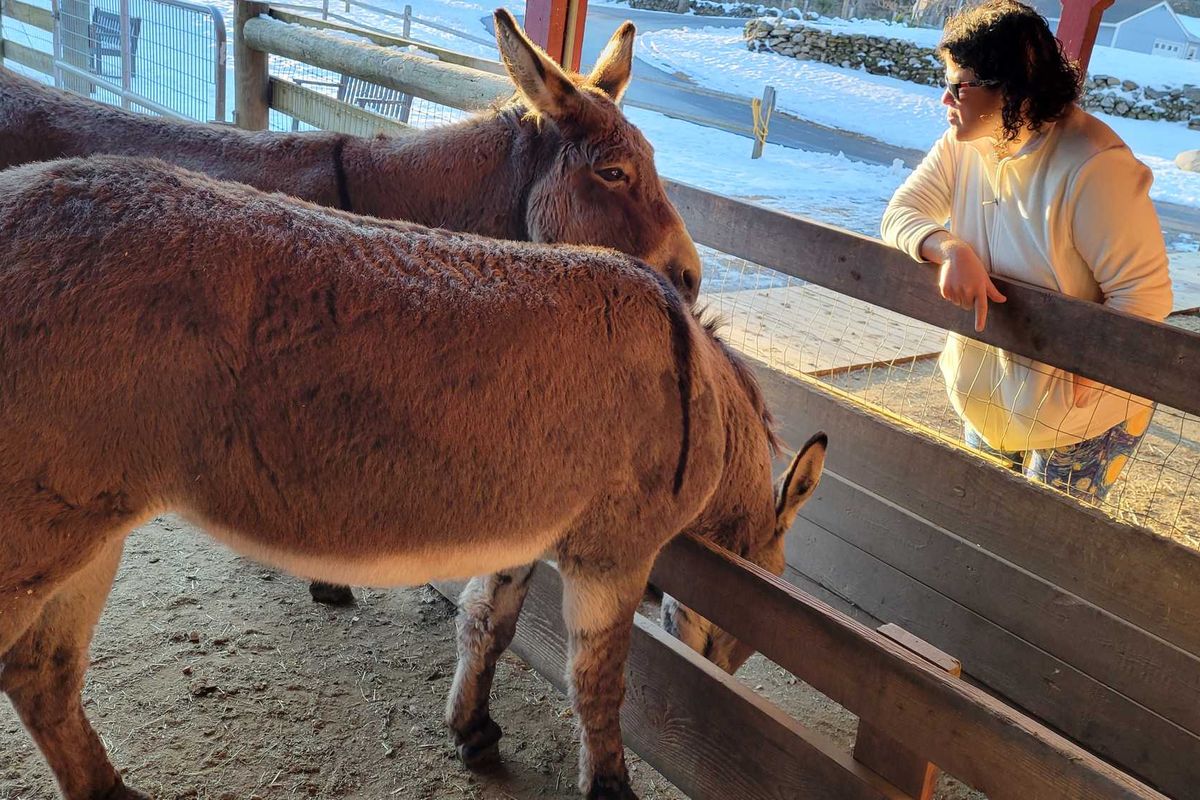
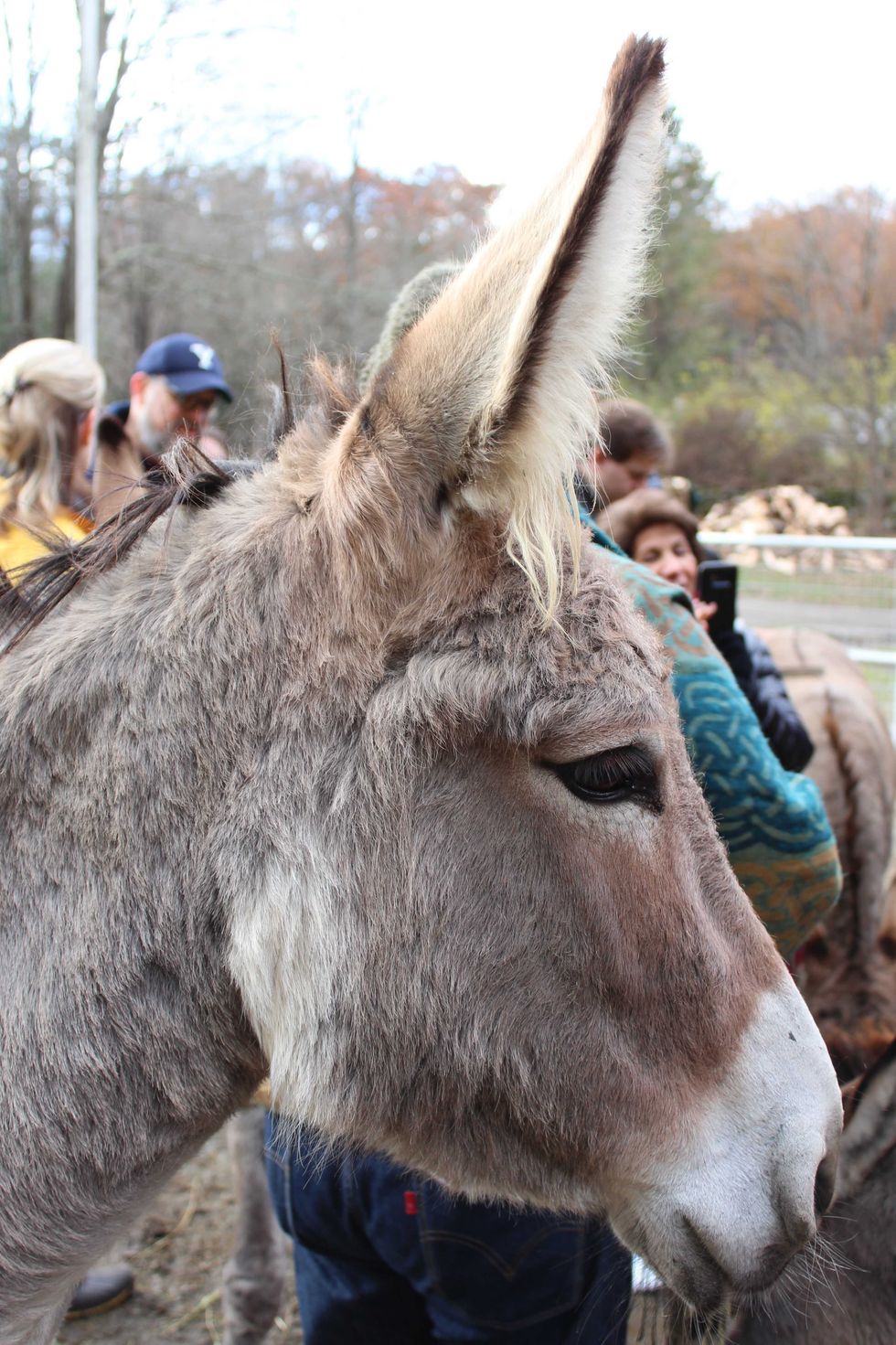 Participants are encouraged to mingle with the donkeys.Debra A. Aleksinas
Participants are encouraged to mingle with the donkeys.Debra A. Aleksinas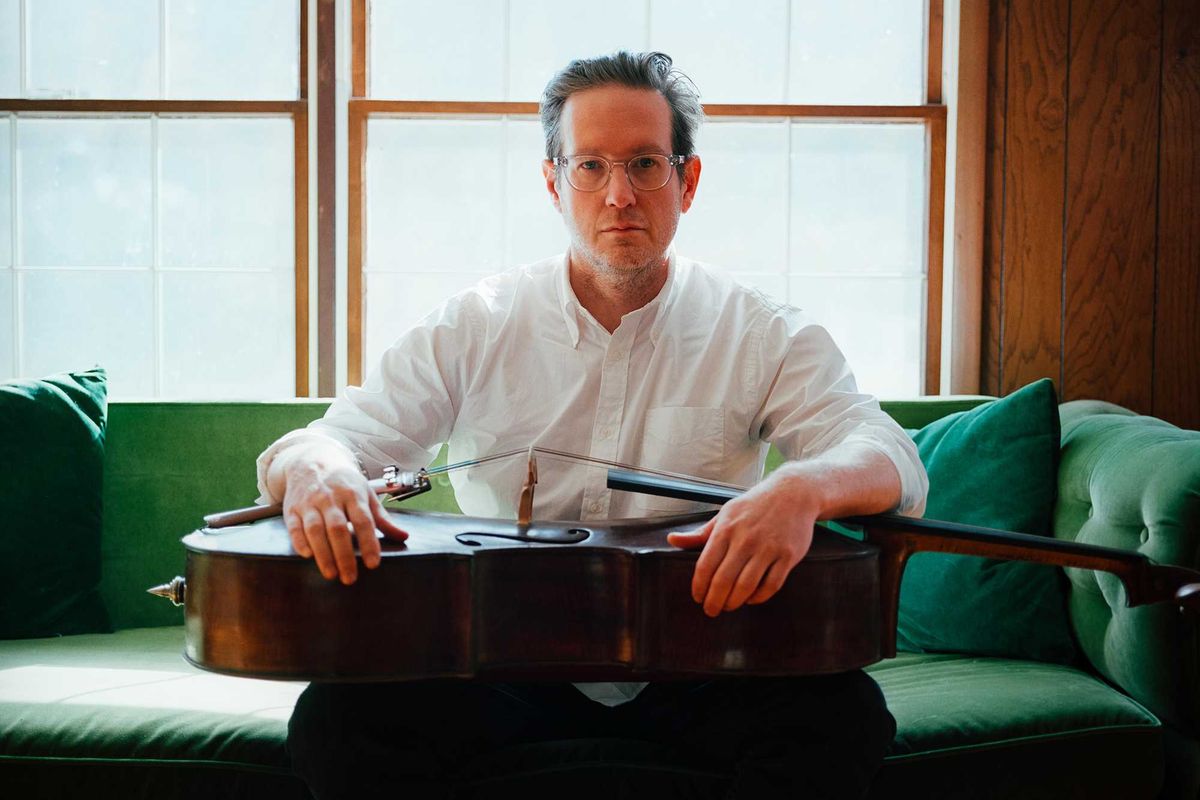
 Rex Brasher at his home in Chickadee Valley.Provided
Rex Brasher at his home in Chickadee Valley.Provided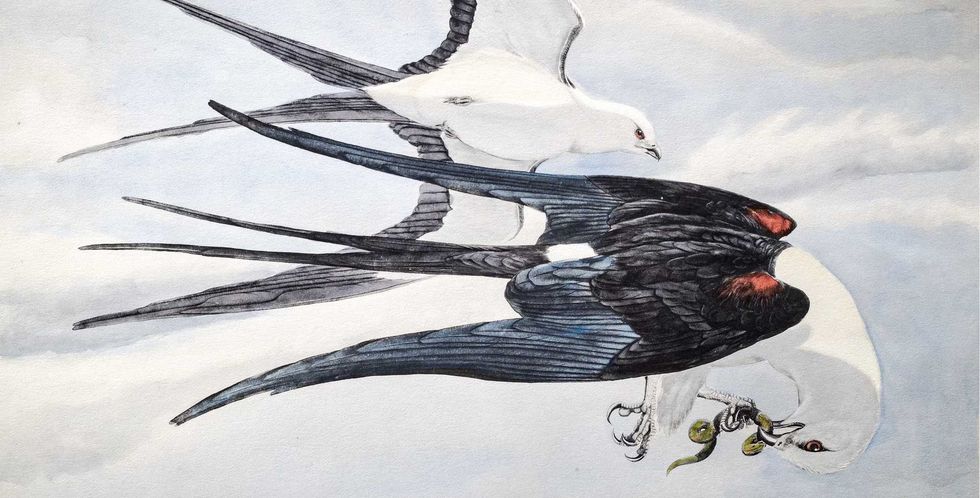 ‘Swallow Tail Kite’ by Rex BrasherProvided
‘Swallow Tail Kite’ by Rex BrasherProvided
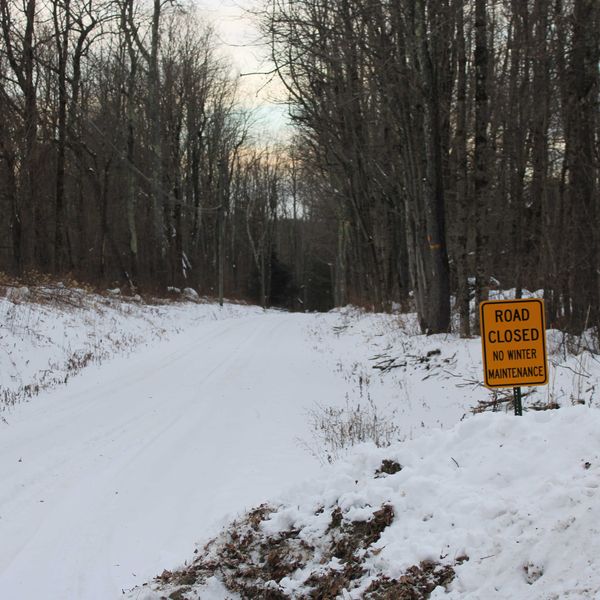
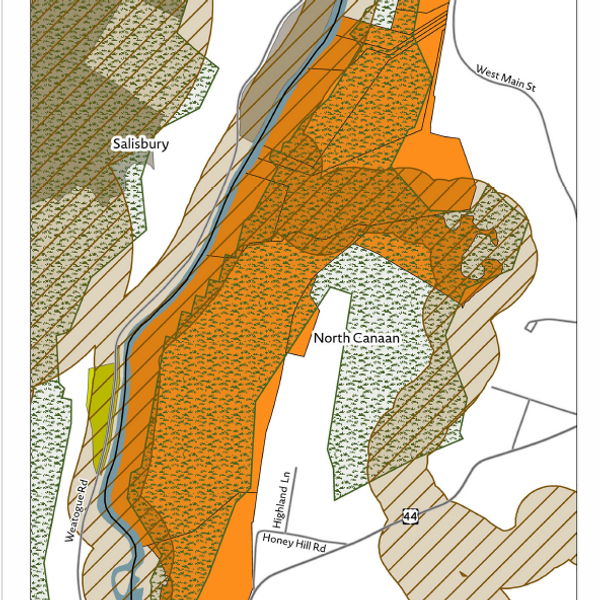
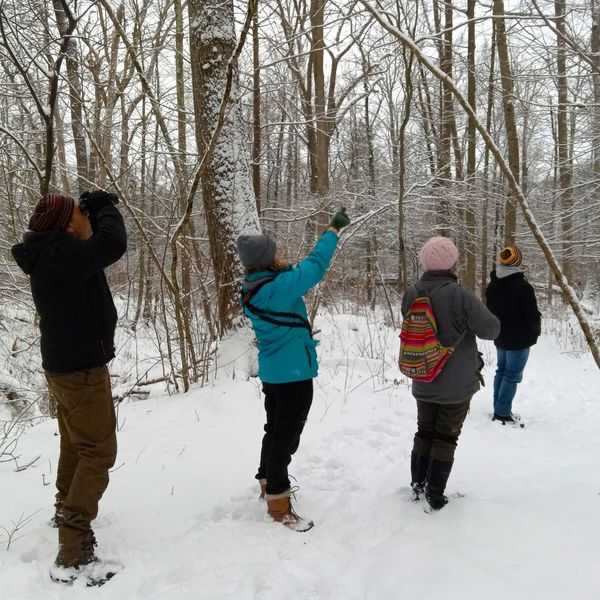
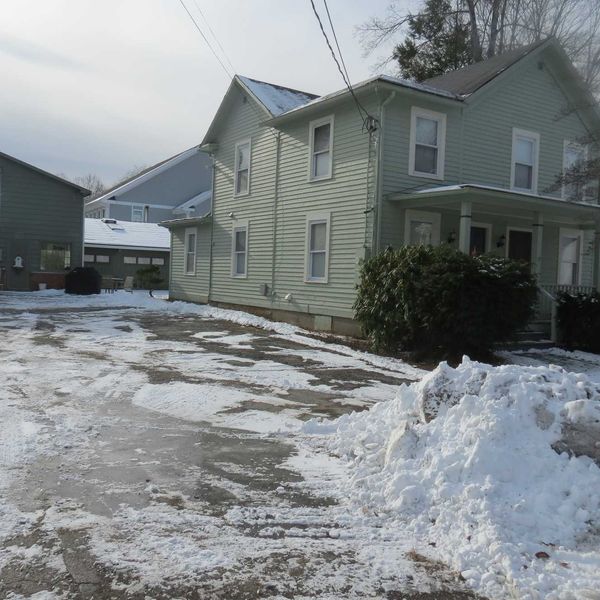
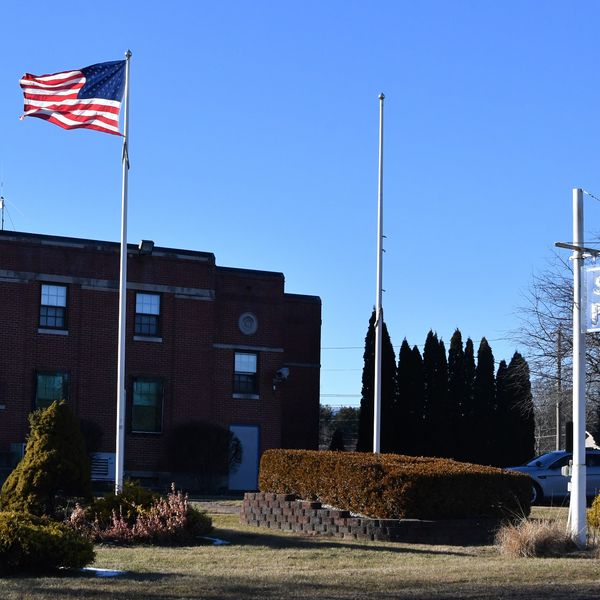
The forgotten pandemic, from 1918 to 1921